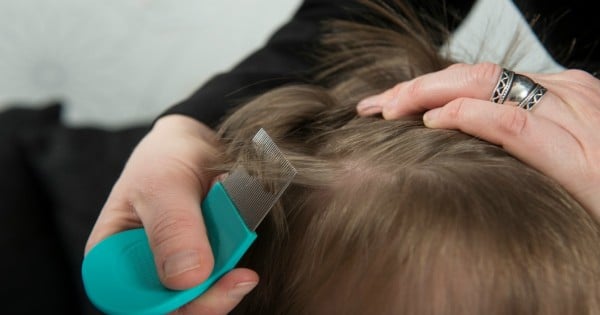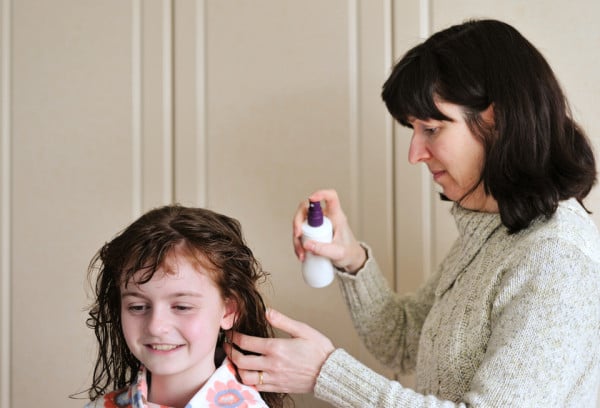
Just the thought of them makes you itch.
Just the sight of them makes you squirm. The wriggly little bodies. The sucky little fangs.
They are crawly and creepy and ready to feed upon your baby.
And coming to a head near you is the new SUPER MUTANT version.
You have been warned.
A new treatment resistant mutated species of "super lice" that cannot be killed by even the most popular over-the-counter remedies have arrived and researchers say that getting rid of them is going to be harder and harder for parents.
A study published recently in the Journal of Medical Entomology, has found that common over-the-counter insecticides such as permethrin used to be up to 100 per cent effective in killing the parasites when it was introduced in 1984.
Listen to Holly Wainwright and Andrew Daddo talk about their most embarrassing head lice moments on Mamamia's family podcast, This Glorious Mess. Post continues after gallery.
But now researchers have found 98.3 per cent of the lice have a mutation meaning the lotions and sprays and shampoos are about as effective as kyrptonite on Lex Luther.
And they've found, these super mutant lice are planning on taking over the world.
Well, our children's scalps at least.






























































































